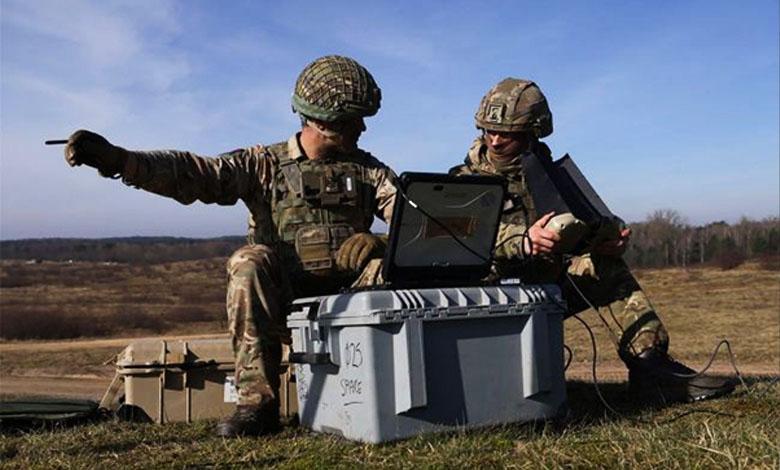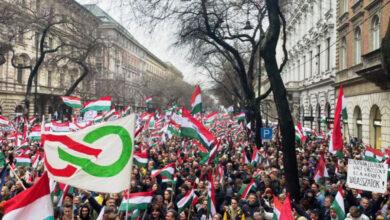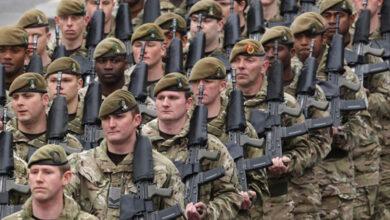When allies are not confident in the United States: Europe is preparing a “plan B” for Ukraine

Western officials presented a large-scale plan to create “guarantee” forces to strengthen Ukraine’s security against the background of ongoing Russian aggression. It was initiated by Great Britain and France, which this week put the strategy up for discussion with European leaders during an emergency meeting in Paris.
The document was developed in response to the start of peace talks between Donald Trump and Vladimir Putin and takes into account fears that Washington could withdraw from the Ukrainian issue and stop support immediately after the conclusion of a ceasefire agreement.
The plan envisages several key measures aimed at ensuring stability in Ukraine.
Placement of European troops
As The Guardian notes, the plan provides deployment of up to 30,000 European troops in major cities of Ukraine, ports and critical infrastructure facilities. According to the publication The Telegraph, Poltava, Kryvyi Rih and Dnipro are considered as potential places of deployment. It is important that these forces will not be deployed in the east of Ukraine in order to avoid direct confrontation with Russian troops. The British publication emphasizes that Russia systematically struck Ukraine’s energy infrastructure and other critically important utility facilities during the almost three years of the war. The protection of these facilities should become key not only for ensuring the stable functioning of the country now, but also for its future recovery after the end of the war.
Photo: apostrophe.ua
Technical border monitoring
According to the publication The Times, to effectively control the situation on the Ukrainian borders, it is planned to use means of intelligence, surveillance and data collection. This includes reconnaissance aircraft, drones and satellites that will allow you to get a complete picture of the situation. An important task is to ensure the safety of Ukrainian skies, which will allow civil flights to resume. This involves deploying air patrols and possibly deploying Typhoon fighter jets to detect and neutralize potential threats.
Rapid response mechanism
Although the main forces will be European, the plan emphasizes the importance of American support. US aircraft stationed in Romania and Poland will be a quick response reserve ready to intervene in the event of an escalation. In addition, significant ground forces will be deployed along NATO’s eastern flank to be ready for immediate deployment. (The Guardian)
This initiative appeared against the background of concerns about possible changes in US policy, especially after recent statements by President Donald Trump, who expressed doubts about further support for Ukraine. European leaders, including British Prime Minister Keir Starmer and French President Emmanuel Macron, plan to discuss the plan with Trump to ensure continued American support.
One of the European officials commented The Telegraph noted that NATO will have to discuss the issue of Article 5 of its charter, which stipulates that an attack on one member of the Alliance is an attack on all.
While this clause is not yet expected to apply to European troops stationed in Ukraine, some countries will insist that security guarantees are maintained in the event of a possible Russian attack on their territory in response to the deployment of troops.
However, this initiative causes serious opposition from Russia. The Minister of Foreign Affairs of the Russian Federation Serhii Lavrov openly rejected the possibility of deploying NATO troops in Ukraine, considering it a provocative step that could further aggravate the regional situation.
Thus, the proposed “guarantee” forces are a strategic initiative of European states aimed at strengthening the security of Ukraine and deterring further aggression, while taking into account the complex geopolitical balance between the United States and Russia.
The information about the strategic plan was also confirmed by the defense editor of The Times, Larisa Brown, online X, adding that discussions between the allies are ongoing and final decisions could be made soon.
What is important is not the number, but the effectiveness of the troops
Director of the Center for Security Studies of the French Institute of International Relations, Elie Tenenbaum, in an interview Radio Liberty, noted that he previously estimated the number of potential peacekeeping forces in Ukraine at the level of 40,000 people. At the same time, he emphasized that it is not so much a matter of the specific number of troops as of their effectiveness.
The concept of multiple ground brigades with mandatory air support is key, he said. The main task is to create an obvious threat for Russia: any renewed aggression will mean a clash not only with Ukraine, but with a much more powerful military force. Such an approach, in his opinion, should become an effective deterrent.
European intelligence services are concerned about the possibility that Donald Trump may agree to Vladimir Putin’s demand for the withdrawal of American troops from Eastern Europe. This concern arose from a statement by the Russian president back in 2021, when he insisted on the withdrawal of American troops from NATO countries that joined the alliance after 1990.
According to military experts, such a decision could have serious consequences for the security of the region: without American support, the Baltic states could become a target for aggression from Russia, and Poland – for a potential military conflict. In Rome, there are also concerns about the withdrawal of US troops from Kosovo, which could lead to destabilization in the Balkans. According to the assessments of German diplomats, such a development seems quite probable.
These concerns are the main reason for Europe’s initiative to deploy “guarantee” forces in Ukraine to ensure the country’s stability and security in the event of a change in American policy. This plan envisages the deployment of up to 30,000 European troops in key cities and important infrastructure facilities of Ukraine, as well as the strengthening of technical control over the border using modern intelligence and security tools.





